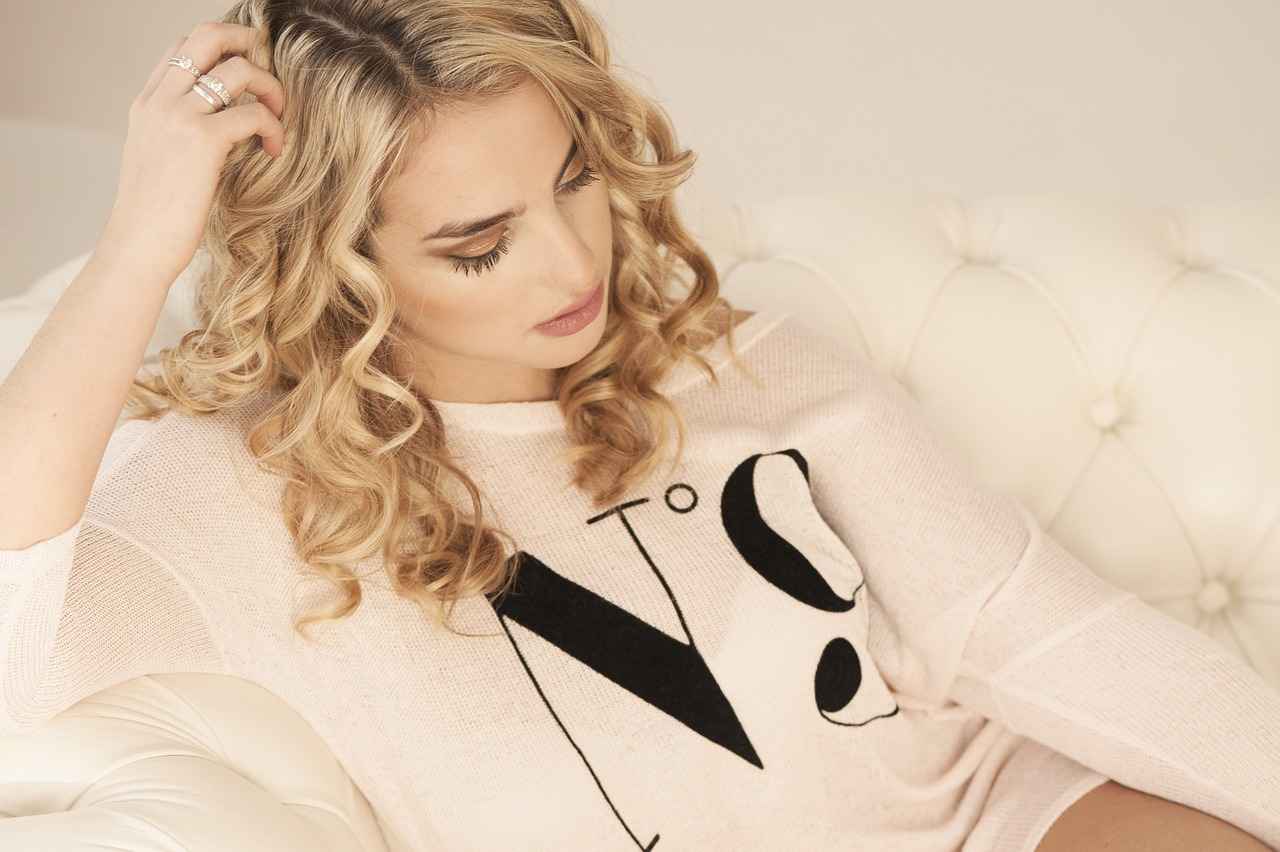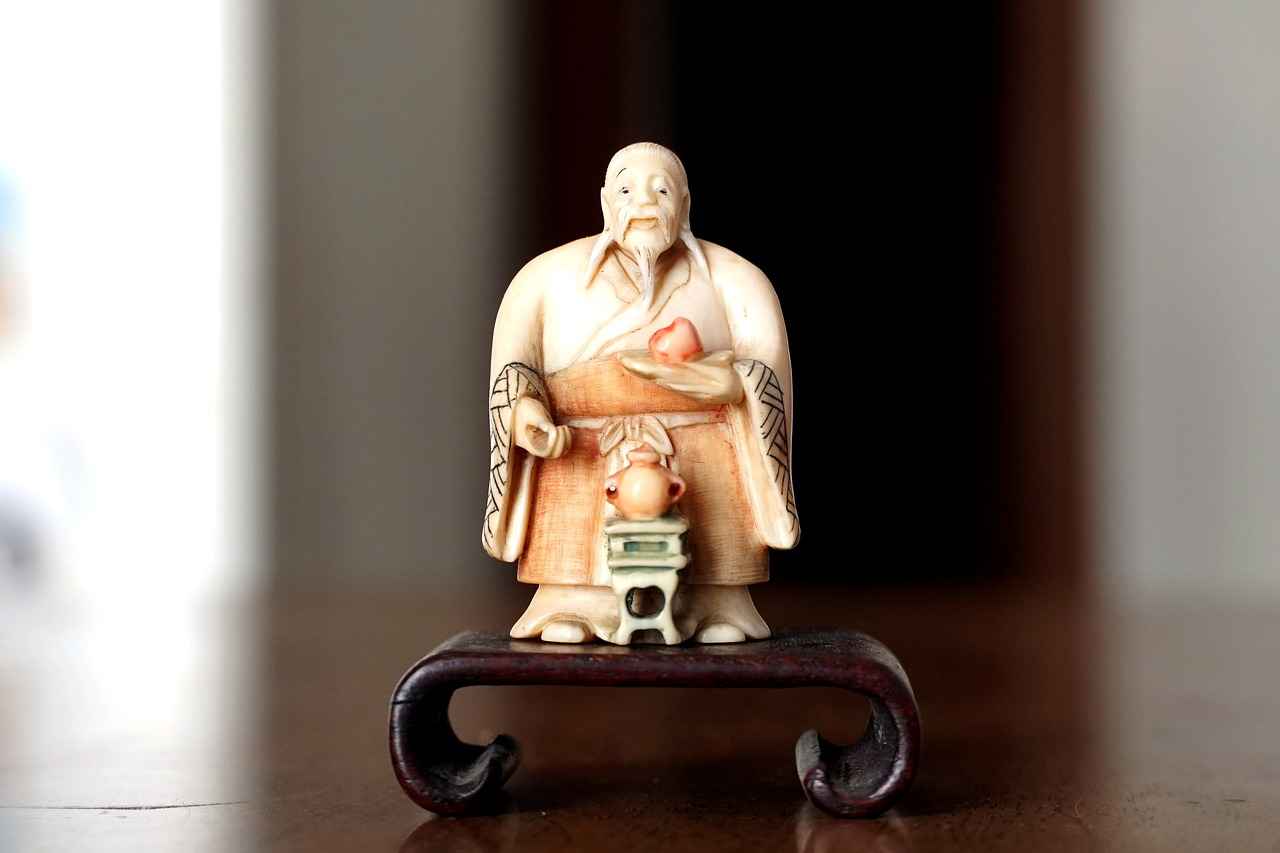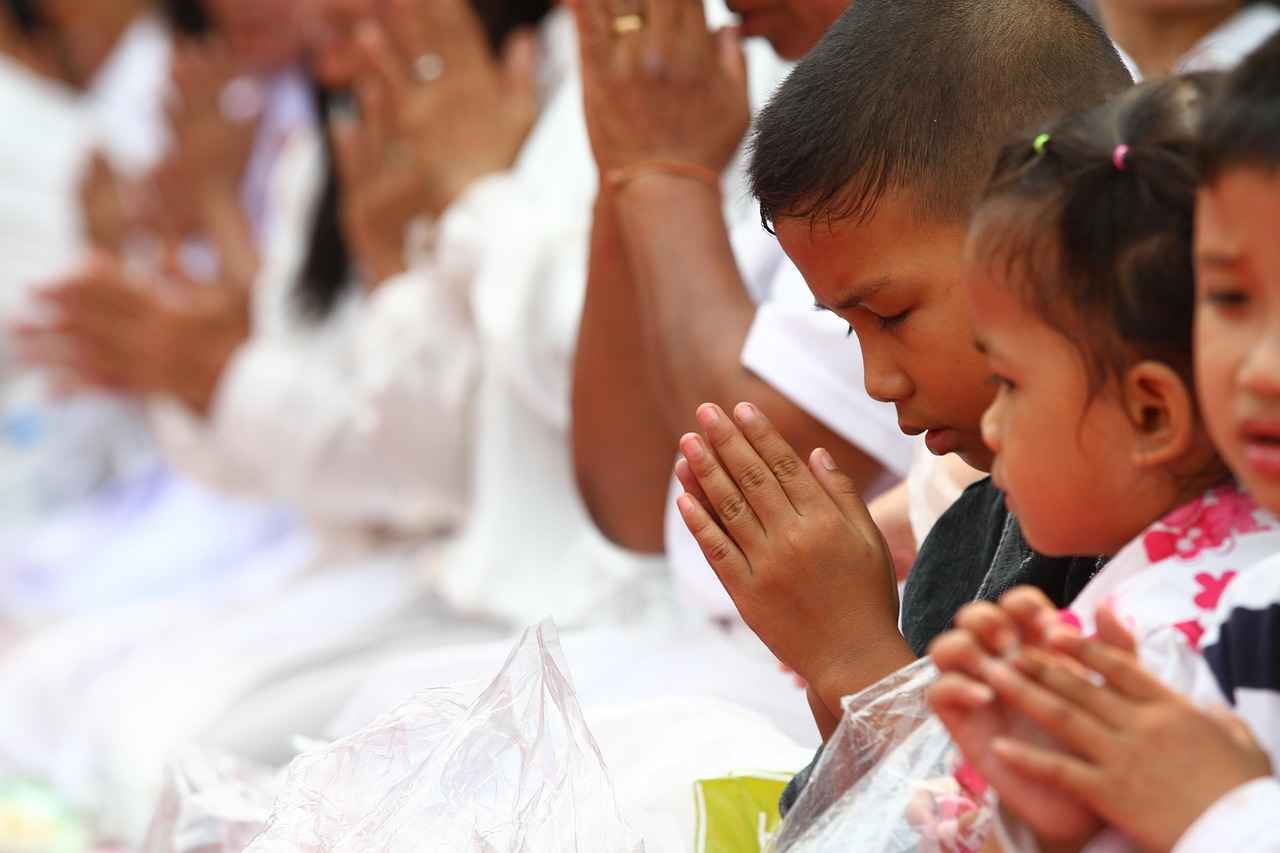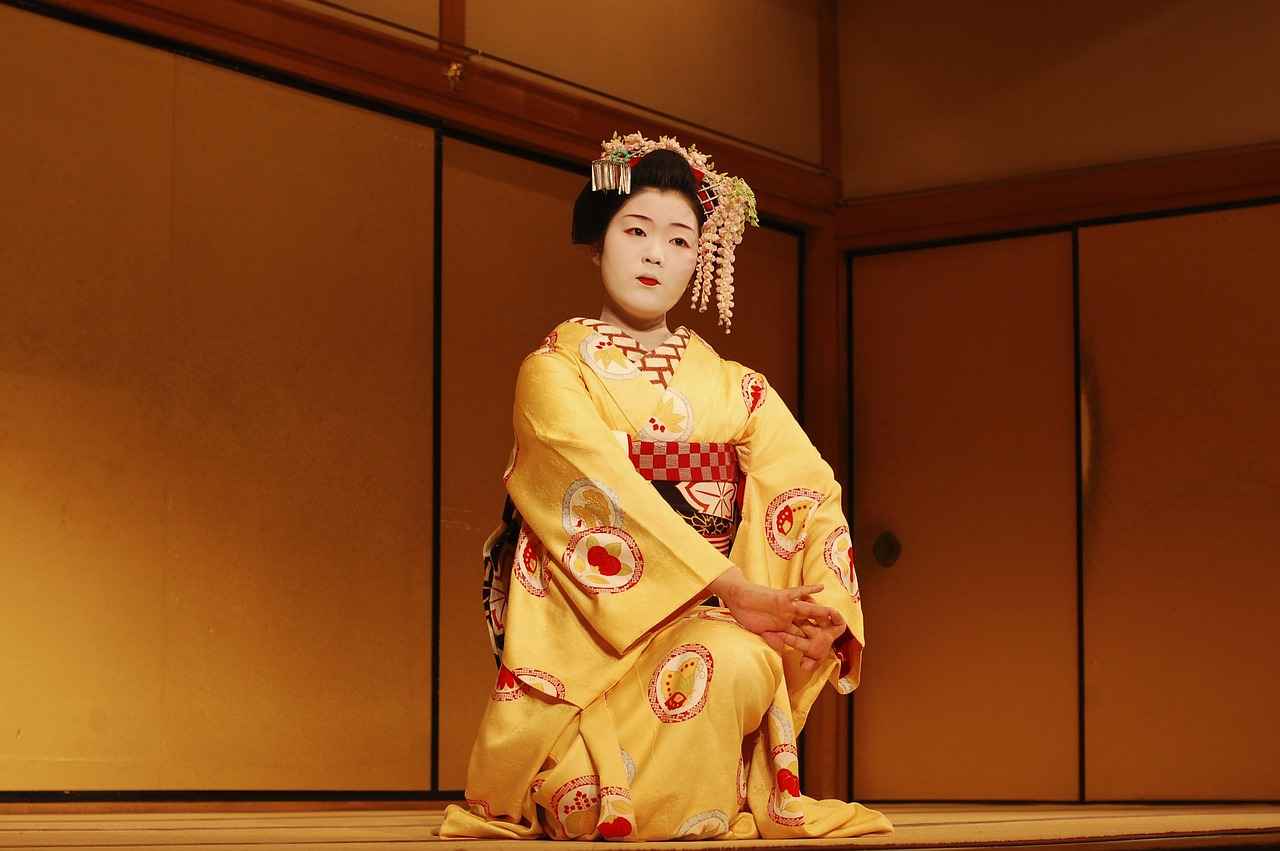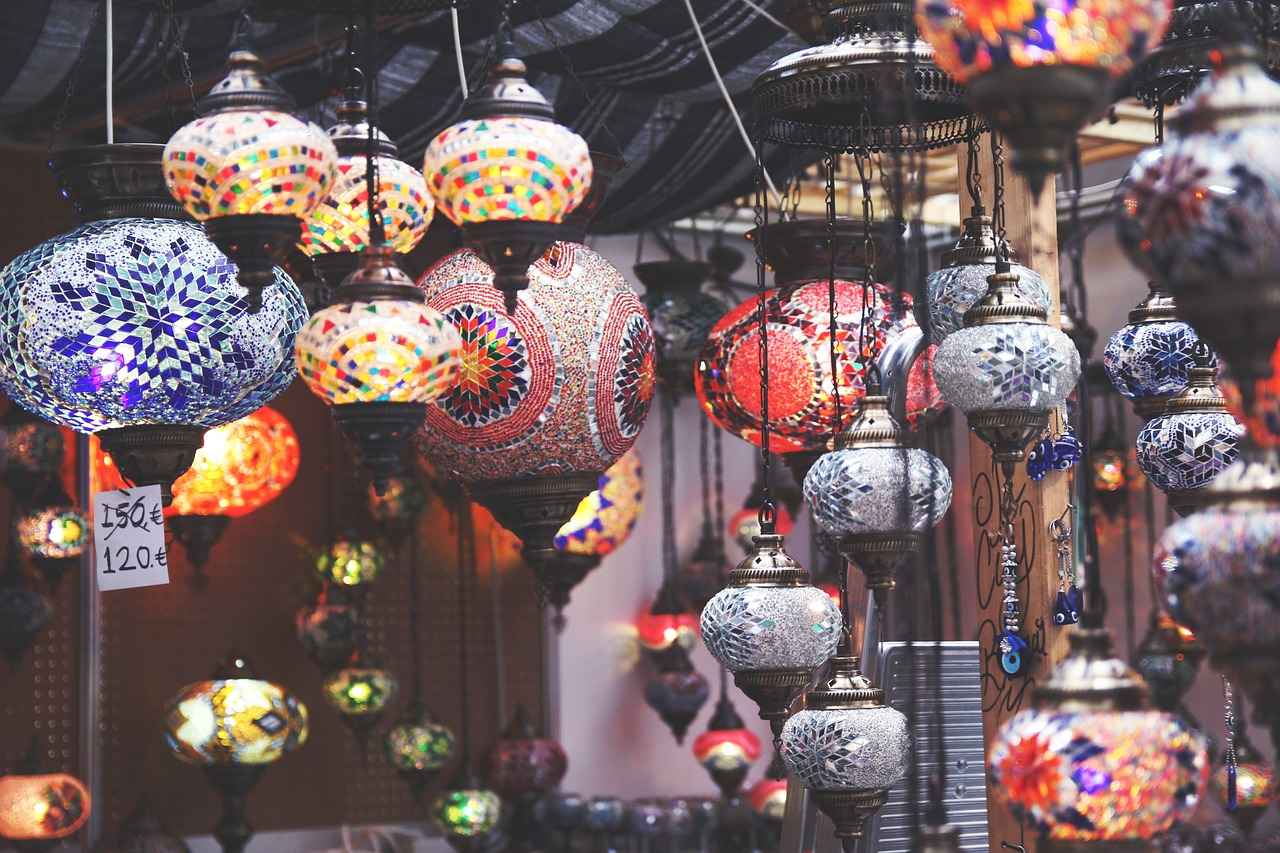This comprehensive guide delves into the fascinating world of kimono robes for men, highlighting their rich history, diverse styles, and the myriad benefits they offer. Additionally, we will provide insights on selecting the ideal kimono robe to ensure both comfort and fashion.
The History of Kimono Robes
Kimono robes have a profound cultural significance, originating in Japan over a thousand years ago. Initially worn by the elite, these garments have transformed into symbols of comfort and style for men globally. Their evolution reflects changes in societal norms and fashion trends.
Types of Kimono Robes
- Traditional Kimono Robes: Classic designs that embody Japanese craftsmanship, using luxurious materials.
- Modern Kimono Robes: Contemporary adaptations that incorporate modern fabrics and styles, perfect for everyday wear.
- Designer Options: High-end kimono robes that blend traditional aesthetics with modern flair.
Benefits of Wearing Kimono Robes
Wearing kimono robes comes with numerous advantages:
- Comfort and Breathability: The loose fit and lightweight materials enhance comfort, making them ideal for lounging.
- Versatility: Kimono robes can be dressed up or down, suitable for both casual and formal occasions.
How to Choose the Perfect Kimono Robe
When selecting a kimono robe, consider:
- Size and Fit: Ensure the robe fits well for maximum comfort.
- Fabric: Choose materials based on climate and personal preference.
Caring for Your Kimono Robe
To maintain the quality of your kimono robe:
- Washing: Follow specific washing guidelines to preserve fabric integrity.
- Storage: Store properly to avoid wrinkles and damage.
Conclusion: Embrace Comfort and Style
Kimono robes are more than just garments; they are a statement of comfort and style. By understanding their history, types, and care, you can make an informed choice that enhances your wardrobe.

The History of Kimono Robes
The kimono robe is a quintessential symbol of Japanese culture, embodying a rich tapestry of history, artistry, and tradition. Its origins can be traced back to the Heian period (794-1185), when it began as a simple garment worn by both men and women. Over centuries, the kimono evolved, influenced by various cultural exchanges and societal changes.
Initially, the kimono was a practical piece of clothing, made from natural materials like silk and cotton. As Japan transitioned through different eras, the design and significance of the kimono transformed. During the Edo period (1603-1868), the kimono became more stylized, reflecting the wearer’s status, profession, and even personality through intricate patterns and colors.
In the early 20th century, Western fashion began to influence Japanese clothing, leading to a decline in the everyday use of kimonos. However, the kimono never lost its cultural significance. It became a garment reserved for special occasions such as weddings, tea ceremonies, and festivals, symbolizing elegance and tradition.
Today, kimono robes have transcended their traditional boundaries and have found a place in modern fashion. Designers worldwide have embraced the kimono silhouette, creating contemporary interpretations that blend traditional elements with modern aesthetics. This evolution has made the kimono a global symbol of comfort and style, appealing to men and women alike.
As we explore the history of kimono robes, it becomes evident that they are not just clothing items but rather a representation of Japan’s rich cultural heritage. Wearing a kimono today connects individuals to centuries of tradition, artistry, and identity, making it a timeless choice for those seeking both comfort and style.

Types of Kimono Robes
Kimono robes have long been celebrated for their elegance and versatility. This section delves into the various styles of kimono robes available for men, highlighting traditional, modern, and designer options. Each of these styles carries unique features and aesthetics, catering to different tastes and occasions.
- Traditional Kimono Robes
- Traditional kimono robes are characterized by their classic designs and rich cultural significance. Often made from high-quality fabrics such as silk, they reflect the artistry of Japanese craftsmanship.
- The intricate patterns and colors used in traditional kimonos often symbolize various cultural meanings, making them timeless pieces suitable for formal events or cultural celebrations.
- Modern Kimono Robes
- Modern adaptations of kimono robes incorporate contemporary fabrics and styles, creating versatile options for everyday wear. These robes often feature simplified designs that appeal to a broader audience.
- With a focus on comfort and practicality, modern kimono robes can seamlessly transition from home lounging to casual outings, making them an essential addition to any wardrobe.
- Designer Kimono Robes
- Designer kimono robes represent the pinnacle of fashion, where traditional aesthetics meet modern couture. Renowned designers often experiment with unique cuts, luxurious materials, and bold patterns.
- These robes are perfect for those looking to make a statement, offering an exclusive blend of style and sophistication that stands out in any setting.
In conclusion, whether you prefer the timeless elegance of traditional styles, the casual comfort of modern designs, or the high-fashion allure of designer options, there is a kimono robe that suits every man’s personal style and occasion.
Traditional Kimono Robes
are not just garments; they are a profound expression of Japanese culture and craftsmanship. These robes, with their intricate designs and rich history, have stood the test of time, making them a staple in both traditional and modern wardrobes.
The designs of traditional kimono robes are characterized by their flowing silhouettes and elegant aesthetics. Typically made from high-quality materials such as silk, cotton, or linen, each fabric offers unique benefits. For instance, silk is revered for its luxurious feel and luster, while cotton provides breathability and comfort, making it suitable for warmer climates.
Moreover, the craftsmanship involved in creating these robes is remarkable. Skilled artisans employ techniques that have been passed down through generations, ensuring that each piece is not only beautiful but also durable. The meticulous attention to detail in stitching and finishing reflects a deep respect for the art of kimono making.
| Material | Characteristics |
|---|---|
| Silk | Luxurious, lightweight, and elegant |
| Cotton | Breathable, comfortable, and easy to maintain |
| Linen | Durable, cool, and perfect for warm weather |
In addition to materials, the patterns and colors used in traditional kimono robes often carry significant meanings. For example, certain motifs may symbolize prosperity or longevity, while colors can represent different seasons or festivals. This cultural significance adds a layer of depth to each garment, making it a cherished item for many.
Ultimately, traditional kimono robes are timeless pieces that embody the essence of Japanese heritage. Their blend of comfort, elegance, and cultural significance makes them a valuable addition to any wardrobe, allowing wearers to embrace a piece of history while enjoying modern fashion.
Materials Used in Traditional Kimonos
When it comes to traditional kimono robes, the choice of fabric plays a pivotal role in determining both comfort and style. The three most commonly used materials are silk, cotton, and linen, each offering unique characteristics that cater to different preferences and occasions.
- Silk: Renowned for its luxurious feel and elegant appearance, silk is the most traditional fabric used in kimonos. Its natural sheen and softness provide a premium look that is often associated with formal occasions. Additionally, silk has excellent breathability and drapes beautifully, enhancing the overall silhouette of the kimono.
- Cotton: Cotton kimonos are favored for their comfort and durability. This fabric is ideal for casual wear and is particularly popular during the warmer months due to its lightweight nature. Cotton kimonos often feature vibrant patterns and colors, making them a versatile choice for both lounging at home and casual outings.
- Linen: Known for its breathable and moisture-wicking properties, linen is an excellent choice for hot weather. It has a slightly textured feel, which adds a unique aesthetic to the kimono. While linen may wrinkle more easily, its relaxed appearance aligns well with the casual, laid-back style that many seek in a kimono.
Each of these fabrics contributes to the overall experience of wearing a kimono. Whether you prefer the luxury of silk, the comfort of cotton, or the breathability of linen, understanding these materials will help you make an informed choice when selecting a kimono robe that perfectly aligns with your lifestyle and fashion sense.
Patterns and Colors
play a vital role in the cultural significance of traditional kimono robes. Each design element, from intricate motifs to vibrant hues, conveys a rich tapestry of meanings that reflect Japan’s deep-rooted cultural heritage.
Historically, patterns in kimono design were not merely decorative; they often represented various aspects of nature, seasons, and traditional beliefs. For instance, the crane symbolizes longevity and good fortune, while cherry blossoms represent the transient beauty of life. These symbols are chosen carefully to convey personal sentiments or to mark significant life events, such as weddings or celebrations.
Colors also hold profound significance in kimono robes. Each color is associated with specific meanings and cultural connotations. For example:
- Red is often associated with happiness and good luck.
- Blue symbolizes calmness and tranquility.
- Black is traditionally worn at funerals, representing mourning.
- White signifies purity and is often worn at weddings.
The choice of patterns and colors allows individuals to express their personal style while adhering to cultural norms. Modern designers have also embraced these traditional elements, blending them with contemporary aesthetics to create unique pieces that resonate with today’s fashion sensibilities. This fusion not only preserves the cultural significance of the kimono but also makes it accessible to a broader audience.
In conclusion, understanding the significance of patterns and colors in traditional kimono robes enriches one’s appreciation of this iconic garment. Whether for personal expression or cultural representation, the choices in design reflect a deep connection to history and identity.
Modern Kimono Robes
have emerged as a fashionable choice for individuals seeking comfort and style in their everyday attire. These contemporary adaptations of traditional Japanese garments have been reimagined by designers worldwide, blending traditional aesthetics with modern fabrics and versatile styles.
The evolution of kimono robes has allowed them to transcend cultural boundaries, making them accessible to a broader audience. Today, designers are experimenting with a variety of materials, including lightweight cotton blends, breathable linens, and even innovative synthetic fabrics. This shift not only enhances comfort but also introduces a new level of practicality, making these robes suitable for various occasions.
- Versatility: Modern kimono robes can be worn at home for lounging, at the beach as cover-ups, or even as chic outerwear in casual settings.
- Style: Many contemporary designs feature bold colors, unique patterns, and stylish cuts that appeal to modern fashion sensibilities.
- Comfort: The loose fit of kimono robes allows for ease of movement, making them ideal for both relaxation and active wear.
Furthermore, the incorporation of elements such as pockets and adjustable ties has made modern kimono robes even more functional. Designers are also paying attention to sustainability, using eco-friendly materials and ethical production practices, which resonate well with today’s environmentally conscious consumers.
In conclusion, the modern kimono robe is a testament to the fusion of tradition and innovation. By embracing contemporary designs and materials, these robes not only honor their rich heritage but also cater to the evolving tastes and needs of today’s fashion enthusiasts. Whether you’re looking for a cozy garment for home or a stylish piece for outings, modern kimono robes offer a perfect blend of comfort and style.

Benefits of Wearing Kimono Robes
Kimono robes have transcended their traditional roots to become a fashionable and practical choice for many individuals seeking comfort and style. Here, we explore the numerous advantages of incorporating kimono robes into your wardrobe.
- Unmatched Comfort: The loose-fitting design of kimono robes allows for unrestricted movement, making them incredibly comfortable for lounging at home or enjoying a casual outing. The soft fabrics used, such as cotton and silk, contribute to a gentle feel against the skin, enhancing overall comfort.
- Breathability: One of the standout features of kimono robes is their breathability. The lightweight materials promote air circulation, keeping you cool during warmer months. This quality makes them an ideal choice for relaxation, ensuring you stay comfortable without overheating.
- Stylish Appearance: Kimono robes are not just about comfort; they also exude a unique style. With various patterns, colors, and designs available, they can easily be matched with different outfits, making them a versatile addition to any wardrobe. Whether you’re dressing up for a special occasion or simply relaxing at home, a kimono robe can elevate your look.
- Versatility: Kimono robes can be worn in numerous ways, allowing for creativity in styling. They can be paired with casual loungewear, or even worn over a stylish outfit for a chic evening look. This adaptability makes them a valuable piece for any fashion-conscious individual.
- Relaxation and Leisure: Wearing a kimono robe can enhance your relaxation experience. The soft drape and comforting materials encourage a sense of tranquility, making them perfect for unwinding after a long day or enjoying a leisurely weekend at home.
In conclusion, the benefits of wearing kimono robes extend beyond mere aesthetics. Their combination of comfort, breathability, and style makes them an excellent choice for anyone looking to enhance their relaxation and leisure time. Embrace the elegance and ease of kimono robes, and discover how they can transform your everyday wardrobe.
Comfort and Breathability
Kimono robes are renowned for their loose fit and lightweight materials, which play a significant role in promoting comfort and breathability. These characteristics make them an ideal choice for those who prioritize relaxation during their leisure time.
The loose fit of kimono robes allows for unrestricted movement, making them perfect for lounging at home or enjoying casual outings. Unlike tighter garments that can constrict movement, kimono robes provide a sense of freedom, enabling wearers to unwind without feeling constrained. This feature is especially beneficial during warmer months, as the airflow created by the loose fabric helps regulate body temperature, keeping you cool and comfortable.
Moreover, the materials used in kimono robes, such as cotton, linen, and even silk, contribute significantly to their overall breathability. Cotton and linen are particularly favored for their moisture-wicking properties, allowing sweat to evaporate quickly and keeping the skin dry. On the other hand, silk offers a luxurious feel while still allowing for adequate ventilation.
For those seeking versatility, kimono robes can easily transition from indoor lounging to outdoor casual wear. Pairing a kimono robe with comfortable loungewear or casual attire allows for a stylish yet relaxed look, making it suitable for various settings, from a cozy evening at home to a casual brunch with friends.
In conclusion, the combination of a loose fit and lightweight materials in kimono robes not only enhances comfort but also promotes breathability, making them a fantastic option for anyone looking to blend style with relaxation. Whether you are lounging at home or stepping out for a casual outing, a kimono robe is a versatile addition to any wardrobe.
Versatility in Fashion
Kimono robes are not just traditional garments; they are versatile fashion pieces that can be styled in numerous ways to suit different occasions. Whether you’re dressing for a casual day at home or a chic evening out, kimono robes offer a unique blend of comfort and elegance.
- Casual Home Wear: For lounging around the house, opt for a kimono robe made from lightweight cotton or linen. These fabrics provide breathability and comfort, making them perfect for relaxing moments. Pair them with simple loungewear or pajamas for a laid-back look.
- Layering for Everyday Outfits: Kimono robes can serve as a stylish layering piece. Wear them over a basic t-shirt and jeans to elevate a simple outfit. Choose bold patterns or colors to make a statement, or go for muted tones for a more understated look.
- Chic Evening Attire: Transform your kimono robe into an elegant evening outfit by selecting a more luxurious fabric like silk. Pair it with fitted trousers or a sleek dress. Accessorize with statement jewelry and heels to enhance the overall look, making it suitable for dinner parties or special occasions.
- Beach Cover-Up: During warmer months, a kimono robe can double as a stylish beach cover-up. Lightweight and flowy, it can easily be thrown over swimwear, providing a fashionable yet functional layer for beach outings or pool parties.
- Work Attire: For a unique twist on office wear, consider wearing a kimono robe over a fitted blouse and tailored pants. This combination allows for a comfortable yet professional appearance, perfect for creative work environments.
In conclusion, the versatility of kimono robes makes them a valuable addition to any wardrobe. By experimenting with different styles and pairings, you can easily transition from casual to formal settings, all while enjoying the comfort that these beautiful garments provide.
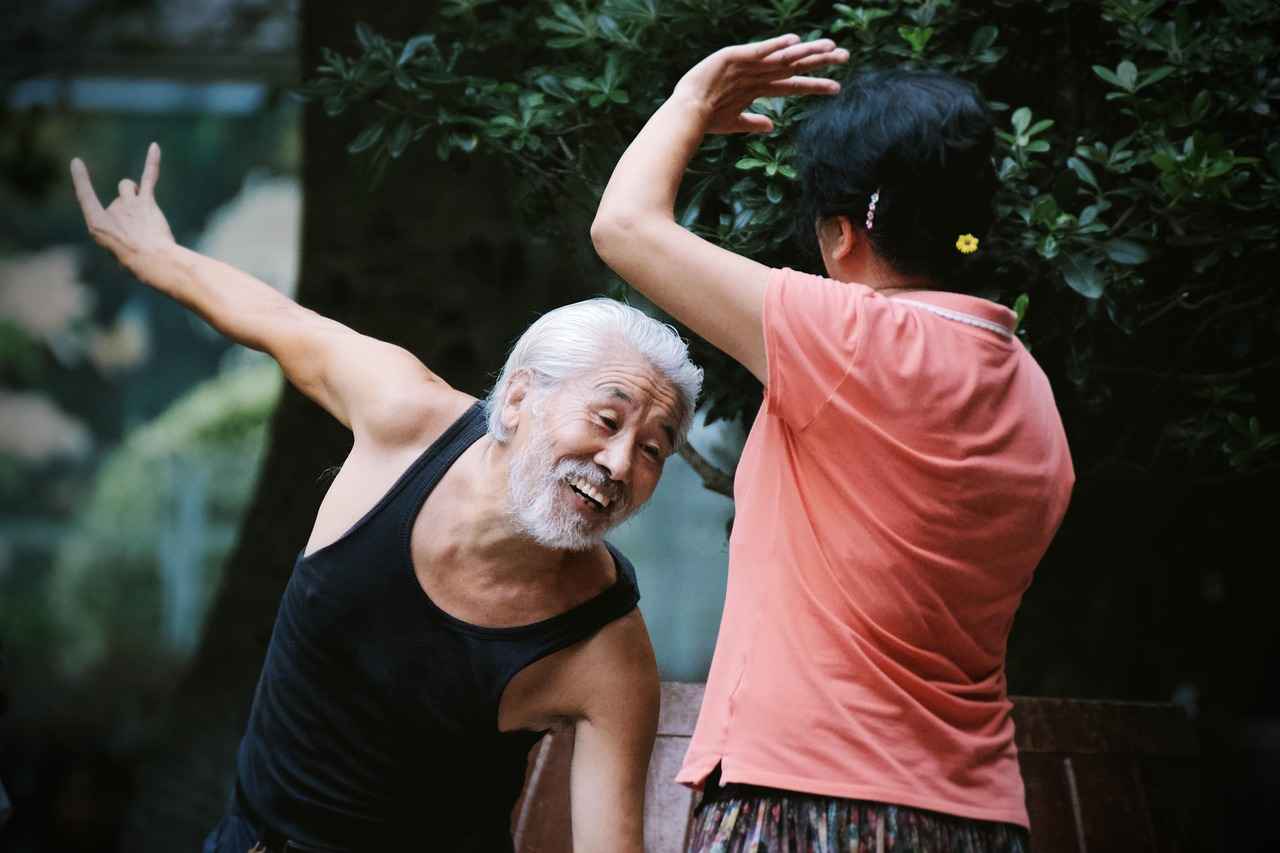
How to Choose the Perfect Kimono Robe
Choosing the perfect kimono robe is an essential step in enhancing your comfort and style. With a variety of options available, it’s important to consider several factors, including size, fabric, style, and personal preference. Here’s a detailed guide to help you make the best choice.
- Size and Fit: The size of your kimono robe significantly impacts its comfort and appearance. Always refer to the sizing chart provided by the manufacturer. A robe that is too tight can restrict movement, while one that is too loose may not provide the desired silhouette. Aim for a comfortable fit that allows for layering without being cumbersome.
- Fabric Selection: The fabric plays a crucial role in the overall feel of the kimono robe. Common materials include:
- Silk: Luxurious and soft, silk kimonos are perfect for special occasions.
- Cotton: Lightweight and breathable, making it ideal for everyday wear.
- Linen: Known for its durability and comfort, linen is great for warmer climates.
Choose a fabric that suits your climate and personal comfort preferences.
- Style Considerations: Kimono robes come in various styles, from traditional to modern. Consider your personal style and how the robe will fit into your wardrobe. For a classic look, opt for traditional patterns, while modern designs may feature unique cuts and colors.
- Personal Preference: Ultimately, your personal taste should guide your choice. Think about the colors, patterns, and designs that resonate with you. A kimono robe should reflect your personality and make you feel good when worn.
By carefully considering these factors, you can select a kimono robe that not only fits perfectly but also enhances your overall style and comfort. Embrace the elegance and versatility of kimono robes in your wardrobe!
Size and Fit Considerations
Choosing the right size and fit for your kimono robe is crucial for achieving both maximum comfort and a flattering silhouette. A well-fitted kimono not only enhances your appearance but also allows for ease of movement, making it ideal for various occasions.
- Understanding Measurements: Before selecting a kimono robe, take accurate measurements of your body. Key measurements include your chest, waist, and hip sizes, as well as your height. This will help you find a robe that complements your body shape.
- Loose vs. Fitted Styles: Traditional kimono robes are designed to be loose-fitting, allowing for airflow and comfort. However, modern adaptations may offer more fitted options. Consider your personal style and the look you wish to achieve when deciding on the fit.
- Length Matters: The length of the kimono robe can significantly affect your overall look. Longer robes tend to create an elegant silhouette, while shorter options may feel more casual. Choose a length that best suits your body type and the occasion.
- Layering Considerations: If you plan to wear your kimono robe over other clothing, ensure that it allows for layering without feeling restrictive. This is especially important in cooler climates where you may want to wear additional layers beneath.
- Try Before You Buy: If possible, try on different sizes and styles before making a purchase. This will give you a better sense of how the robe fits and moves with your body, ensuring you select the most comfortable option.
In summary, the right size and fit for your kimono robe can enhance both your comfort and style. By paying attention to your measurements, the robe’s design, and how it fits with your personal style, you can find the perfect kimono that not only looks great but also feels great to wear.
Fabric Selection Tips
Choosing the right fabric for your kimono robe is essential to ensure both comfort and style. This decision can significantly enhance your overall experience, whether you’re lounging at home or attending a casual gathering. Here are some key considerations to guide you in selecting the best fabric:
- Climate Considerations: The climate in which you live plays a crucial role in fabric choice. For warmer climates, lightweight materials like cotton or linen are ideal due to their breathability. In contrast, if you reside in a cooler area, consider fabrics such as silk or heavier blends that provide warmth without sacrificing style.
- Personal Comfort: Everyone has different preferences when it comes to texture and feel. Some may prefer the luxurious softness of silk, while others might find cotton more comfortable for everyday wear. Always consider what feels best against your skin, as this will enhance your enjoyment of the robe.
- Intended Use: Think about how you plan to use your kimono robe. If it’s for lounging at home, a soft, cozy fabric is preferable. However, if you’re looking for something to wear during social events, a more structured fabric with a refined finish can elevate your look.
- Durability: Consider the longevity of the fabric. Some materials, like cotton, are more durable and easier to care for, while delicate fabrics like silk may require more careful handling and maintenance.
- Style and Aesthetics: The fabric you choose can significantly impact the overall look of your kimono robe. Patterns, colors, and textures can convey different styles, so select a fabric that aligns with your personal aesthetic and the image you wish to project.
By taking these factors into account, you can make an informed decision that ensures your kimono robe is not only stylish but also perfectly suited to your lifestyle and comfort needs.
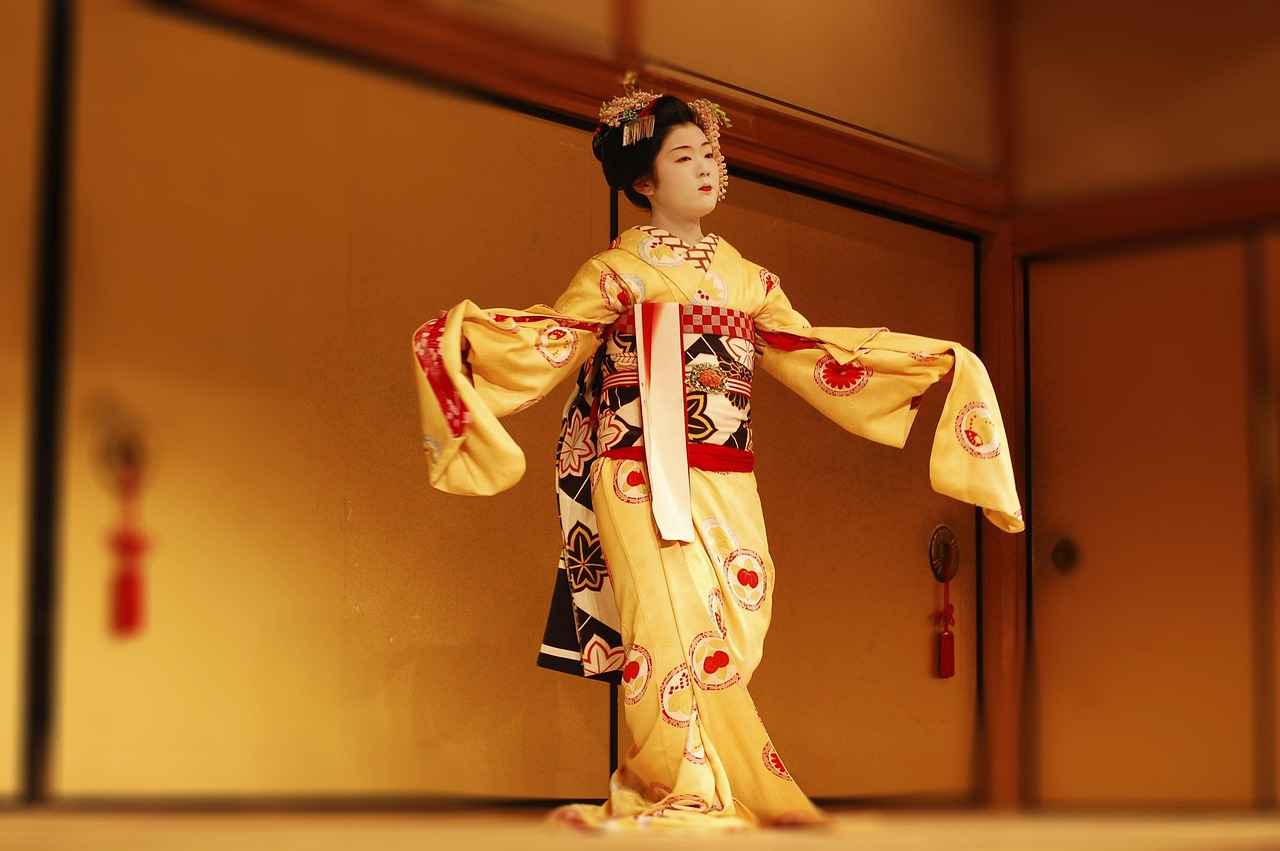
Caring for Your Kimono Robe
Kimono robes are not just garments; they are a blend of tradition, craftsmanship, and style. To ensure that your kimono robe remains in excellent condition for years to come, it is essential to follow proper care techniques. This guide will provide you with important tips on washing, drying, and storing your kimono robe.
Washing Techniques
- Hand Washing: Always opt for hand washing your kimono robe to maintain its integrity. Use cold water and a mild detergent specifically designed for delicate fabrics.
- Spot Cleaning: For minor stains, gently dab the area with a damp cloth and a small amount of detergent, avoiding any harsh scrubbing.
- Machine Washing: If you must use a washing machine, place the kimono in a mesh laundry bag and select a gentle cycle with cold water.
Drying Techniques
- Air Drying: The best method for drying your kimono robe is to hang it in a shaded area. Avoid direct sunlight, as it can fade the colors and damage the fabric.
- Avoid Tumble Drying: Never use a tumble dryer, as the heat can shrink or distort the fabric.
Storage Solutions
- Hanging: Store your kimono robe on a padded hanger to prevent creases. Ensure it is in a breathable garment bag to protect it from dust.
- Folding: If hanging is not an option, carefully fold the robe and place it in a drawer lined with acid-free tissue paper to maintain its shape.
By following these simple care tips, you can preserve the beauty and longevity of your kimono robe, allowing you to enjoy its elegance for many years.
Washing and Drying Techniques
Taking care of your kimono robe is essential to maintain its beauty and longevity. Below, we provide step-by-step guidance on how to properly wash and dry your kimono robe, ensuring it remains in pristine condition for years to come.
- Preparation: Before washing, check the care label on your kimono robe. Different fabrics may require specific washing methods. If your kimono has any stains, treat them with a gentle stain remover.
- Washing:
- Fill a basin or sink with cold water. Avoid hot water as it can damage delicate fabrics.
- Add a small amount of mild detergent suitable for delicate fabrics. Avoid bleach and harsh chemicals.
- Gently submerge the kimono robe in the water, allowing it to soak for about 10-15 minutes. Do not scrub or wring the fabric, as this can lead to damage.
- After soaking, rinse the robe thoroughly with cold water until all detergent is removed.
- Drying:
- Do not wring out the robe. Instead, gently press the water out by pressing the fabric against the side of the basin.
- Lay the kimono flat on a clean, dry towel. Roll the towel with the kimono inside to absorb excess moisture.
- Once most moisture is removed, hang the kimono on a padded hanger or lay it flat to dry in a cool, shaded area. Avoid direct sunlight, as it can fade colors and weaken the fabric.
By following these careful washing and drying techniques, you can ensure that your kimono robe stays vibrant and comfortable, allowing you to enjoy its elegance for a long time. Regular maintenance is key to preserving its quality, so make these practices a part of your routine.
Storage Solutions
When it comes to preserving the beauty and integrity of your kimono robe, effective storage solutions are essential. Proper storage not only prevents wrinkles and damage but also ensures that your robe remains accessible for regular use. Here are some practical tips to help you store your kimono robe effectively:
- Choose the Right Hanger: Use a wide, padded hanger to prevent shoulder bumps and maintain the robe’s shape. Avoid using thin wire hangers as they can cause creases.
- Use a Garment Bag: For long-term storage, consider placing your kimono robe in a breathable garment bag. This protects it from dust and potential damage while allowing air circulation.
- Fold with Care: If you prefer to fold your kimono, do so carefully. Use acid-free tissue paper to cushion the folds, which helps to prevent creasing and maintains the fabric’s integrity.
- Store in a Cool, Dry Place: Ensure that your storage area is cool and dry to avoid moisture buildup, which can lead to mold or mildew. Avoid direct sunlight to prevent fading.
- Regularly Rotate Usage: If you have multiple kimono robes, rotate their usage. This not only keeps them accessible but also prevents any one robe from being stored for too long, which can lead to fabric wear.
By implementing these storage solutions, you can effectively maintain the quality and appearance of your kimono robe. This ensures that it remains a cherished part of your wardrobe, ready for any occasion.
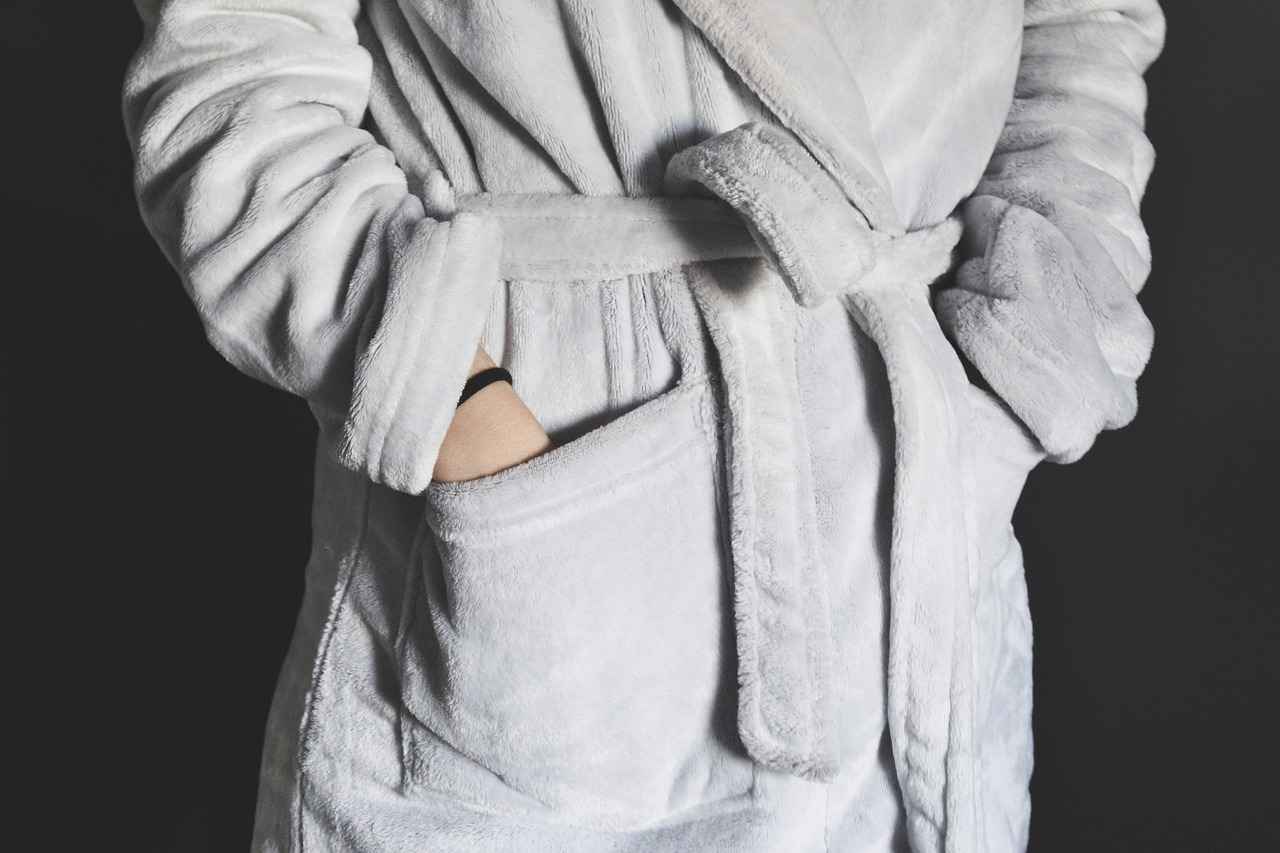
Conclusion: Embrace Comfort and Style
In conclusion, the journey through the world of kimono robes has illuminated their unique blend of comfort and style. As we have explored, these versatile garments are not just a nod to tradition but a modern fashion statement that can enhance any wardrobe.
Here are the key takeaways:
- Rich Heritage: Kimono robes have a deep cultural significance, originating from Japan, and have evolved into a global fashion staple.
- Variety of Styles: From traditional to contemporary designs, there is a kimono robe to suit every personal style and occasion.
- Comfort First: The loose fit and breathable materials of kimono robes make them perfect for lounging at home or stepping out in style.
- Fashion Versatility: Whether paired with casual wear or dressed up for an evening out, kimono robes can be styled in numerous ways.
- Practical Care Tips: Proper maintenance ensures longevity, allowing you to enjoy your kimono robe for years to come.
By embracing the comfort and style of kimono robes, you invite a unique blend of tradition and modernity into your daily attire. They serve as a reminder that fashion can be both functional and stylish, making them a worthy addition to any man’s wardrobe.
So, why not take the plunge? Explore the diverse options available and find a kimono robe that resonates with your personal style. With their timeless appeal and unmatched comfort, kimono robes are sure to become a cherished part of your fashion repertoire.
Frequently Asked Questions
- What are the benefits of wearing a kimono robe?
Kimono robes are known for their comfort and breathability. The loose fit allows for easy movement, making them perfect for lounging at home or casual outings. Plus, they add a touch of style to any outfit, making you look effortlessly chic.
- How do I choose the right size for my kimono robe?
When selecting a kimono robe, consider your body measurements and desired fit. Look for a robe that offers a comfortable fit without being too tight or restrictive. It’s always a good idea to check the sizing chart provided by the brand to ensure you find the perfect match!
- What materials are kimono robes made from?
Kimono robes can be crafted from various materials, including silk, cotton, and linen. Each fabric has its own unique qualities, with silk being luxurious and breathable, while cotton and linen offer a more casual and comfortable feel.
- How do I care for my kimono robe?
To keep your kimono robe in top shape, follow these simple care tips: wash it in cold water on a gentle cycle, avoid harsh detergents, and hang it to dry. Proper storage is also crucial; consider folding it neatly to prevent wrinkles and keep it in a cool, dry place.
- Can I wear a kimono robe for formal occasions?
Absolutely! Many modern kimono robes are designed with versatility in mind. You can easily dress them up with the right accessories, making them suitable for both casual and formal events. Just pair it with tailored pants or a stylish belt to elevate your look!







